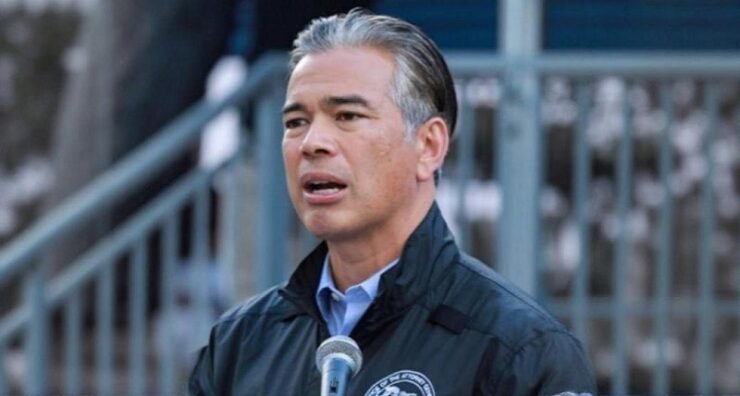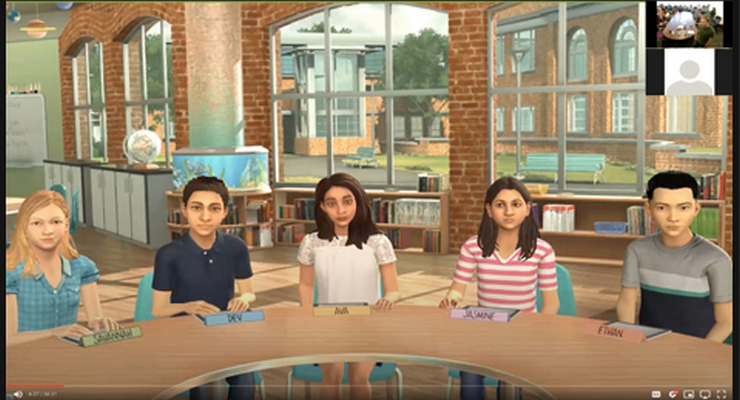
Cal State LA has been awarded a three-year, $586,000 grant from the National Science Foundation (NSF) to train future teachers in math and science instruction using a simulation lab.
The grant’s principal investigators include Pasadena resident Cheryl Ney, dean of the Charter College of Education, and Culver City resident Kimberly Persiani, a professor of education in the Division of Curriculum and Instruction.
The grant will establish Simulations for Minority Interactive Learning Environments (SMILE): A Design and Development Project at Cal State LA. The project will feature a simulation lab that will help prepare elementary teachers who will work in high-need urban schools to offer a successful learning experience in math and science.
Researchers will also study the integration of the use of mixed-reality virtual simulations in teacher preparation across several courses in the university’s Multiple Subject Teaching Credential Program. Faculty in Cal State LA’s Charter College of Education (CCOE) will create scenarios and develop scripts specifically intended to teach STEM concepts.
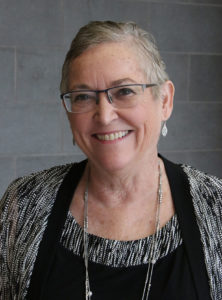
“I am grateful to our education faculty who embraced the opportunity to explore how avatar simulation could be used in teacher and counselor preparation,” said Dean Ney. “Together, we are grateful to the NSF for this opportunity to establish a CCOE Simulation Lab and further research the impact of virtual simulation on the preparation of teachers and counselors who will go on to serve children, youth and families in our surrounding communities.”
Cal State LA’s simulation lab will use the TeachLivE virtual reality software by Mursion. TeachLivE offers professional training utilizing computer avatars that simulate pupils in a classroom and interact with users in real time. The virtual simulations will provide future teachers with opportunities to figure out effective teaching strategies and methods before working with pupils in actual classrooms.
The three-year project will be funded by the NSF’s Improving Undergraduate STEM Education: Education and Human Resource Program and conducted in partnership with elementary schools in the Los Angeles Unified School District and other, smaller districts. Cal State LA students will be placed into the classrooms for their student-teaching experience.
For the past three years, a group of CCOE faculty have used simulations that enable students to virtually practice instruction, classroom management, meeting with parents, job interviews and counseling sessions. The simulated pilot activities were organized by CCOE through Cal State Northridge’s simulation lab.
“Just as pilots spend long hours using virtual simulators before flying a plane carrying real passengers, it is now possible to provide students studying to be teachers opportunities to virtually practice teaching strategies to enhance learning before serving students in real classrooms,” said Costello Brown, a consultant on the project and an emeritus chemistry professor at Cal State LA.
In a survey administered by CCOE, student and faculty participants provided positive feedback on the immersive simulated learning environment.
“The experience was very valuable,” noted one faculty member, who liked that the virtual environment enabled users to collectively solve problems in a variety of classroom situations.
One CCOE student commented: “It was cool to see the avatars react to what we were saying. This made us have to think on our feet to react to what they were saying, which I think is very valuable as a teacher.”



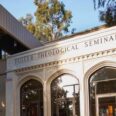
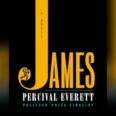

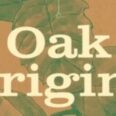
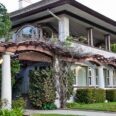


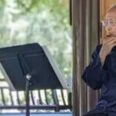



 0 comments
0 comments

